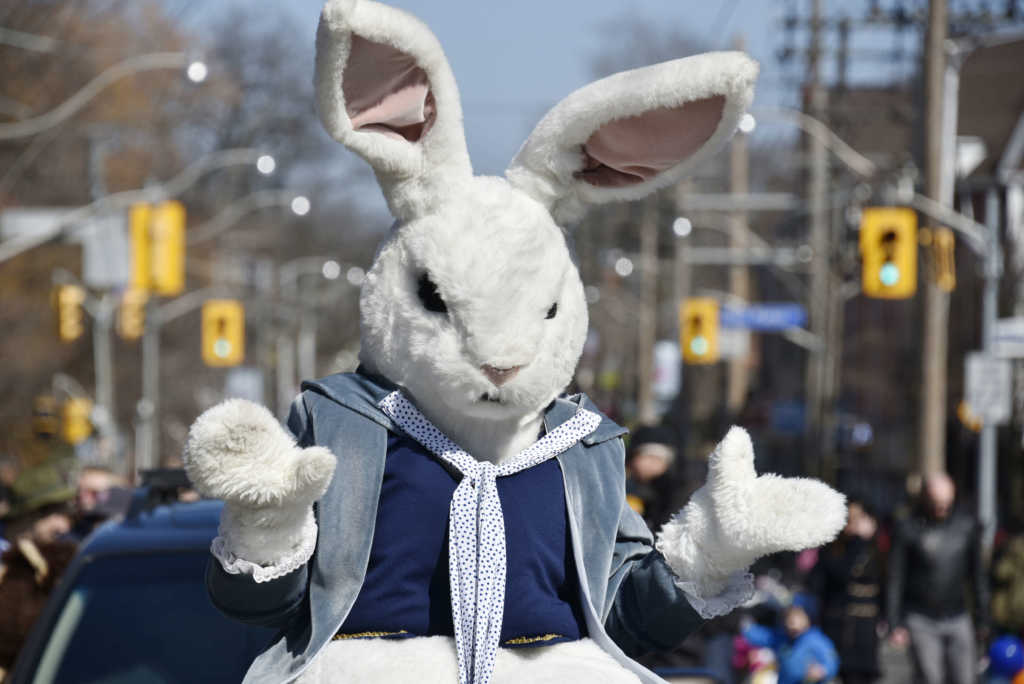Along with the deeply rooted Biblical and religious meanings surrounding Easter come the annual secular commemorations of the season: Easter egg hunts, egg dying and — perhaps most notably — the ever-elusive Easter bunny.
But while the popular rabbit has become a staple of the Easter season, there’s an intriguing question worth exploring: Where in the world did the concept of the Easter bunny originate?
As it turns out, the rabbit’s “exact origins … are clouded in mystery,” which is quite strange. But there are certainly some theories out there about where, exactly, the concept of a giant bunny originated, according to Time.
READ: Trump Aggressively Seeking Release of Pastor Imprisoned in Turkey
Some believe that the rabbit’s origins date back to pagan practices, including the festival of Eostre, a celebration based on a fertility goddess who is said to have been symbolized by a bunny. But others say this simply isn’t a case and is, instead, the result of modern fabrications; critics claim there’s actually no evidence that the goddess has any historical rooting whatsoever.
Plus, as Time noted, bunnies aren’t universally accepted as the only animals associated with Easter, as foxes and cuckoo birds are, in fact, also affiliated with the holiday in some countries.
— Track Easter Bunny (@bunnytracking) April 10, 2017
“Over the past 200 years, the Easter bunny has become the most commercially recognized symbol of Easter in the United States,” GotQuestions.org explains. “Other countries use other animals as the symbol of Easter, such as the cuckoo (in Switzerland).”
So, how about another theory? According to History.com, it might have been German immigrants who brought the Easter bunny to the U.S., though other traditions such as egg painting could actually go back centuries further.
Like Time, History.com concluded that the exact history surrounding the bunny is “unclear,” but that rabbits are known to be symbolic of fertility.
As the story goes, German immigrants potentially brought the folklore and tradition surrounding the bunny to Pennsylvania when they immigrated to the U.S. back in the 1700s. Their kids would reportedly make nests for the Easter bunny to lay colored eggs (important reminder: bunnies don’t actually lay eggs).
The theory here is that those traditions ended up spreading and eventually led to our current cultural practices; the nests, according to History.com, soon became Easter baskets. Then, people started telling their kids that the Easter bunny has a penchant for sneaking into their homes at night to leave colorful eggs and candy for them, offing children yet another excuse for a seasonal sugar high.
In the end, we can’t be entirely certain where and how the Easter bunny originated, but its presence in pop culture is certainly solidified, with scores of parents taking their oft-times terrified (and sometimes delighted) children to sit on the costumed creature’s lap at malls and other localities across America every Easter season.
The lack of definitive history aside, let’s all remember the real reason we’re celebrating Easter this week (hint: Jesus).
—
Other Must-Read Stories:
– CHANGE: Trump Aggressively Seeking Release of Pastor Imprisoned in Turkey



